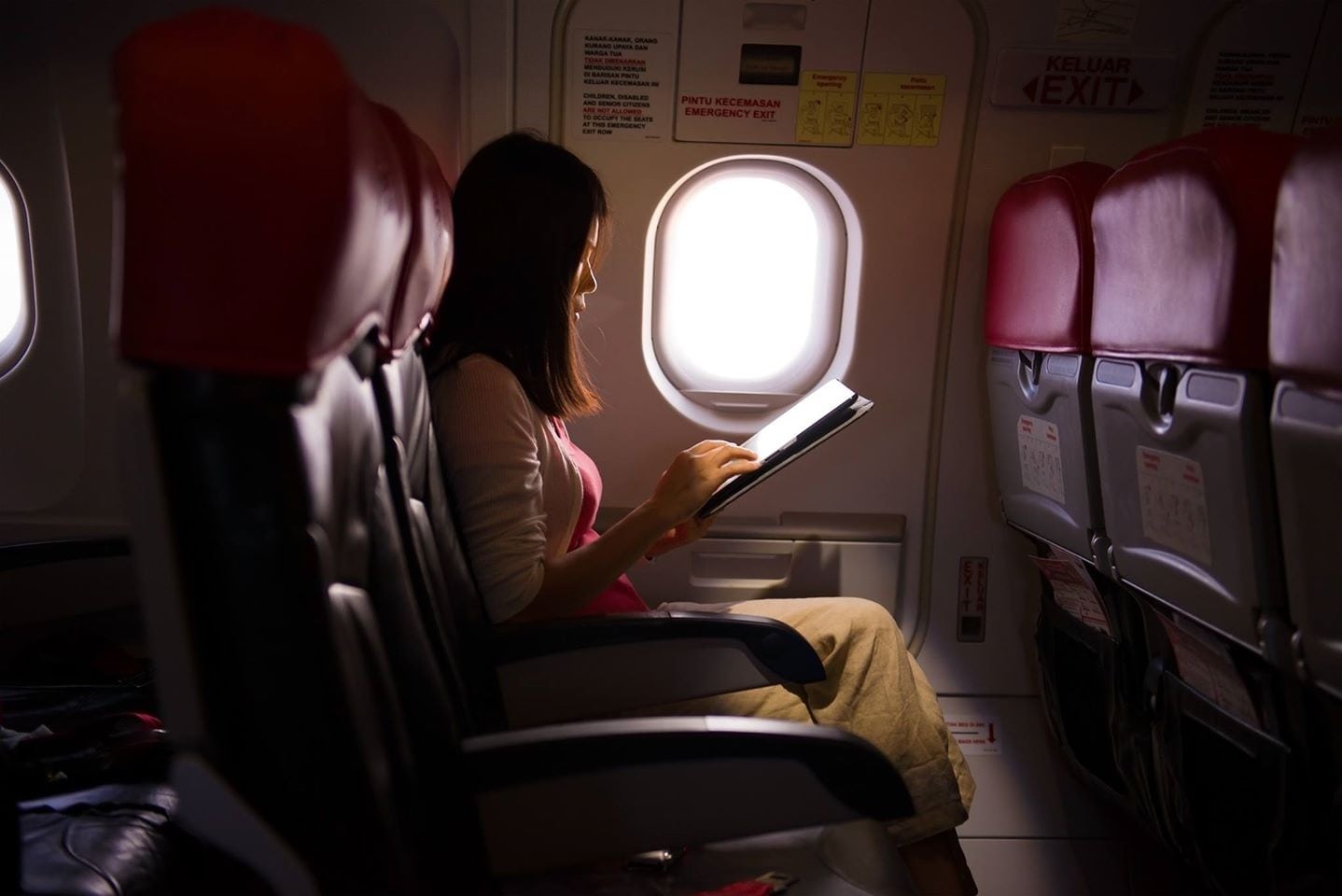How AT&T Plans to Beat Gogo at the In-Flight Wi-Fi Game

Skift Take
While AT&T can't assume instant success, it has the network and the history of making things happen.
This week AT&T announced that it was getting into the airplane Wi-Fi business, much to the chagrin of market leader Gogo, which saw its stock plunge on the news.
AT&T is turning to Honeywell to outfit aircraft with antennae that will reach 4G speeds from land-based towers. For greater understanding of just how it will make that happen, we talked with Jack Jacobs, Vice President, Safety and Information Management Systems for Honeywell, who told us a great deal -- some of it between the lines.
AT&T's launch partners were not announced, but Jacob's allusions to Dallas, as well as a Honeywell survey that looked at habits of flyers in Singapore and London, give us insight on which airlines they may be.
The New Antenna
When we asked about far more tangible things, like the new antenna which will power the AT&T/Honeywell Wi-Fi service, Jacobs confirmed that they will be relatively flat, no more than a "small bump" on the underbelly of the fuselage.
As described, it should easily dodge birds; which plague aircraft by thinking they own the skies. Failure to meet the testing requirement for bird-strikes can stop an antenna installation program cold.
A flatter antenna design will also reduce drag, which gobbles fuel. This antenna, Jacobs informed us is "based on existing systems," of benefit to development and installation; which Jacobs told us will "most likely be by the STC route instead of Line Fit."
For those unfamiliar with the jargon, STC is aviation-speak for 'we can get these things on aircraft quickly.' That's the professional definition. For laymen, it means Spe
